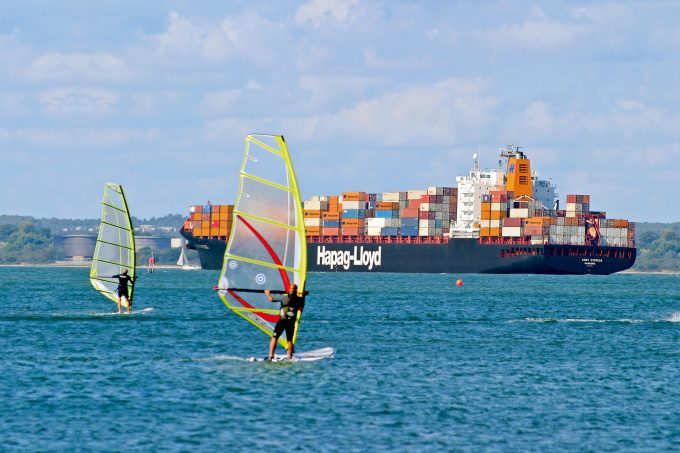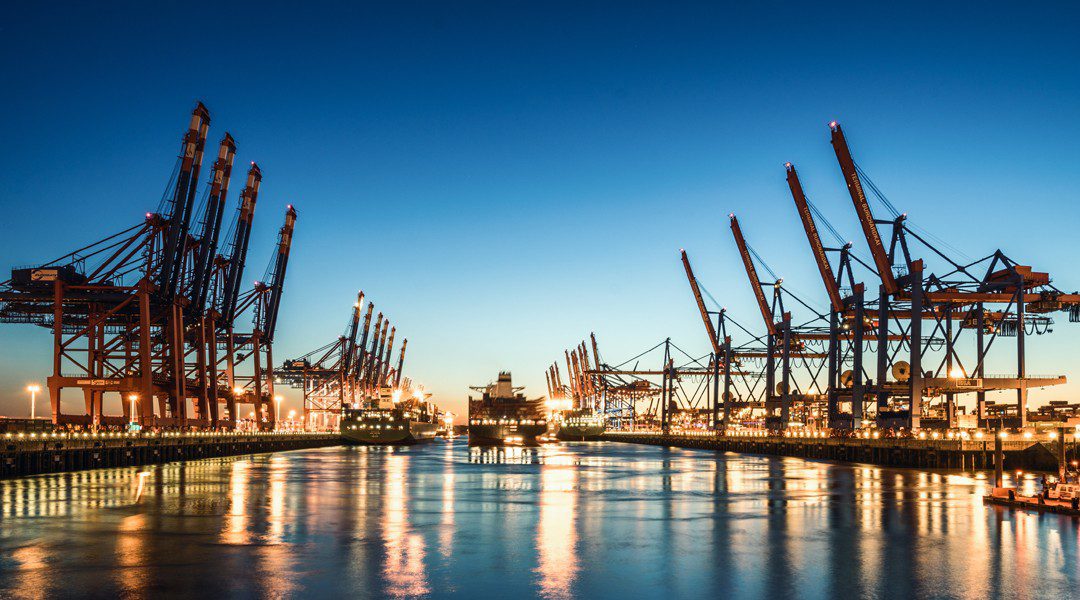
“You take away all sense and rationale. And whatever is left, is the container shipping market,” said Peter Sand, Xeneta’s chief analyst, today.
“It has certainly been a mad week,” added a European freight forwarder.
The continuing Red Sea crisis in combination with higher-than-expected demand caught many Asia-Europe forwarders on the back foot over the past fortnight, and this week the spot freight rate indices began to match anecdotal trade reports.
Drewry’s World Container Index (WCI) this week saw its Shanghai-Rotterdam leg rise 20% week on week, to $3,709 per 40ft, bang in line with the Xeneta XSI level of $3,716, which represented a 15% week-on-week gain.
Meanwhile, the WCI’s Shanghai-Genoa leg was up 16%, to $4,295 per 40ft.
While spot rates continue to soar, capacity out of Asia continues to tighten, which has allowed carriers to select higher-paying FAK shipments over contract cargo, according to shippers and forwarders on the trade.
Last week, WPO reported that Maersk was to implement a $1,500 per 40ft peak season surcharge (PSS) from Asia to North Europe from tomorrow, but sources suggest that new PPS pricing has already begun to be applied.
“Our carriers are not pulling rates yet, but they have halved our allocation and added a $1,400 per 40ft PSS from Dalian,” one shipper source told WPO.
Speaking on this week’s Loadstar Podcast, Mr Sand explained that many shippers under contract could expect new surcharges to be levied by carriers.
“At this point in time – early May – should it be the peak season in container shipping?” he asked.
“On the contrary. But we just saw Maersk upping its peak season surcharges for implementation in May, so that’s the name of the game: find the right surcharge, the one that matches your legal contract with shippers, and then just push hard,” he explained.
However, it is far from a uniform picture. One forwarder said that, while they hadn’t yet been notified of actual allocation cuts to NAC contracts and the agreed rates continued to be valid, “it’s a challenge getting these bookings confirmed”.
Another forwarder suggested it was genuine demand that was pushing up volumes, allied with carriers’ careful manipulation of capacity.
“Getting containers booked into Europe currently is definitely a challenge, whether on contract, spot or FAK markets. Currently, it’s a carrier-controlled market and the traders and importers need to keep up,” he noted.
However, sources indicated that the trade was likely to see “significant rate increases for the second half of May”, and suggested they could reach $5,000 per 40ft on Asia-North Europe and $5,400 on Asia-Mediterranean by June.
That sort of market movement will leave many customers hoping the peak season has arrived early, Mr Sand suggested.
“It does seem as if some are preparing for a very tricky third quarter, because if you get rates like this and a squeeze on capacity during what is traditionally a very low quarter, what happens if demand were really to stack up in Q3?
“Rates would really go up again, maybe even above where they were when they peaked in mid-January,” he added.The priciest point so far this year on the XSI’s Asia-North Europe was 22 January, at $4,857 per 40ft.
Spot rate rises were equally as strong on the Asia-North America trades, with the XSI transpacific trade rising 145%, to $3,754 per 40ft, while the WCI Shanghai-New York leg showed 1 16% jump, to finish the week at $5,089 per 40ft.





